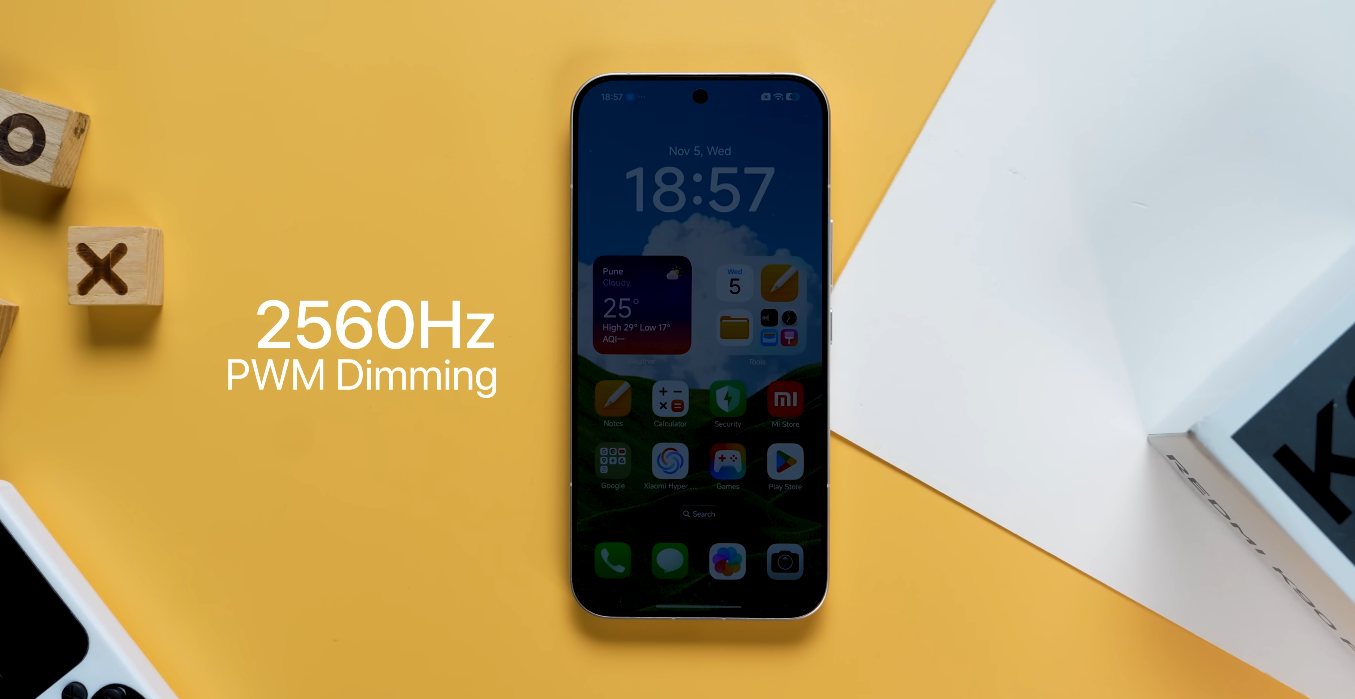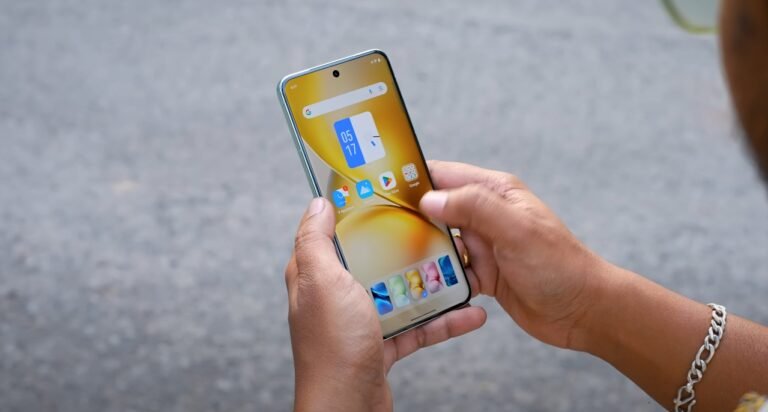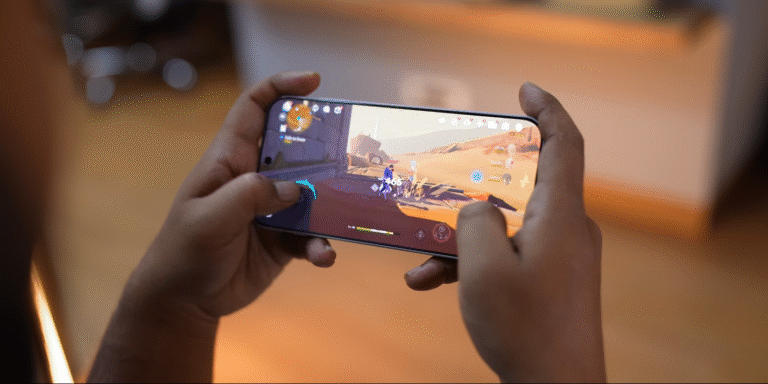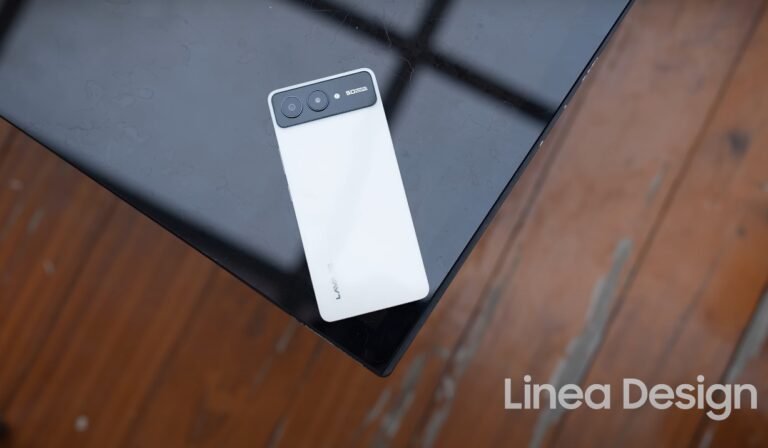Redmi K90 Pro Max battery drain test with 90Hz vs 120Hz refresh rate

What UK users should expect from LTPO at different refresh settings
The Redmi K90 Pro Max arrives with a large 7,560mAh battery and an LTPO OLED panel capable of ramping between 1–120Hz. For anyone in the UK weighing battery life against smoothness, the key question is whether locking the screen to 90Hz meaningfully extends runtime over 120Hz, or if the LTPO controller already does most of the saving in everyday use.
In light, mixed use with adaptive refresh enabled, the screen often glides up for scrolling and drops down when static. That behaviour means the phone avoids wasting power at high rates when you’re just reading an email or staring at a photo. In these scenarios, the gap between choosing 90Hz and 120Hz can narrow, because the panel is already stepping down aggressively when motion stops.
Where differences start to show is during motion-heavy tasks. Fast-scrolling social apps, web pages with dense imagery, and UI animations all keep the refresh rate elevated for longer. At 120Hz, the panel spends more time at the top end, which draws more power than a 90Hz cap. The effect is not dramatic in brief bursts, but over an hour of constant scrolling you will see steadier battery descent at 120Hz than at 90Hz.

Gaming is the clearest separator. Titles that render above 60fps and support high frame modes lean harder on both the GPU and the panel. Running at 120Hz sustains higher frame output, lifting system power draw compared to a 90Hz ceiling. If you’re a UK commuter playing long sessions on trains, the practical tip is simple: cap refresh (or in-game fps) when you want to stretch to the end of the line without plugging in.
Video playback is a different story. Most streaming content is 24–60fps, so the display either matches a lower cadence or relies on frame smoothing that doesn’t keep the panel pegged at 120Hz. As a result, the battery gap between 90Hz and 120Hz while watching films or shows is often small. Here, screen brightness has a bigger impact on endurance than the refresh setting itself.
The K90 Pro Max’s LTPO logic also helps in always-on and idle scenarios. When the display is showing static elements, the controller can fall to very low refresh levels. Whether you’ve chosen 90Hz or 120Hz for active use, idle drain is kept in check by the 1–10Hz range. That means overnight standby or long reading sessions with minimal scrolling don’t penalise you just for selecting the higher cap.
Brightness is a major variable in UK conditions. Outdoors on a rare sunny day, pushing the panel brighter can dominate your power budget, dwarfing the difference between 90Hz and 120Hz. Indoors or on overcast afternoons, refresh selection becomes more visible in the battery graph. For best results, combine adaptive refresh with auto-brightness and avoid needlessly forcing max nits.
Thermal behaviour matters too. Sustained 120Hz workloads generate a bit more heat, which can trigger gentle governor responses over time. The big battery gives the K90 Pro Max headroom to maintain smoothness, but if you feel the device warming up during long scroll or gaming, a quick switch to 90Hz (or enabling a lower fps mode) will steady both temperature and drain.
Charging flexibility softens the trade-off. With 100W wired and 50W wireless charging support, topping up is quick, so many UK users simply keep 120Hz on for the feel and plan brief charge stops. If you’re travelling light and far from a socket, running 90Hz on busy days is the sensible “range mode” without sacrificing too much visual polish.
In summary, the LTPO panel already does a lot of the heavy lifting. For mixed, everyday use, the real-world gap between 90Hz and 120Hz is modest. In motion-heavy scrolling and especially in high-fps games, 90Hz stretches the big battery a bit further, while 120Hz gives you the gloss at the cost of a quicker tick downward. Pick 120Hz when plugged-in time is easy; pick 90Hz when you need that extra cushion to get you home.






